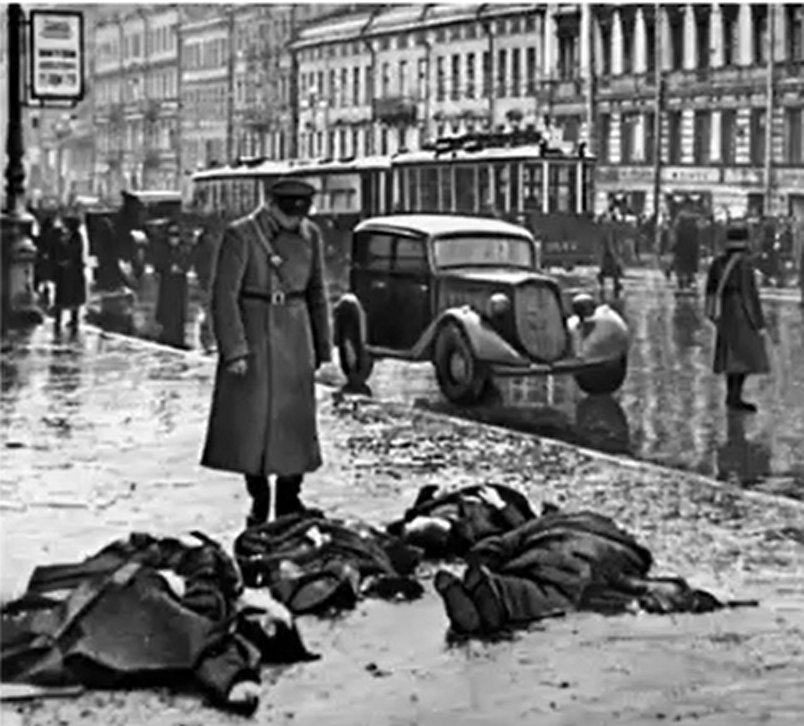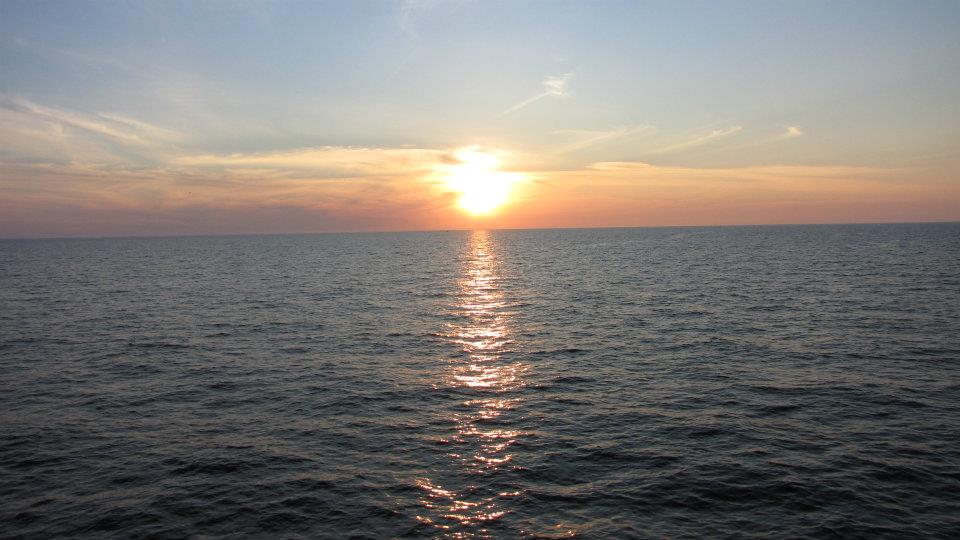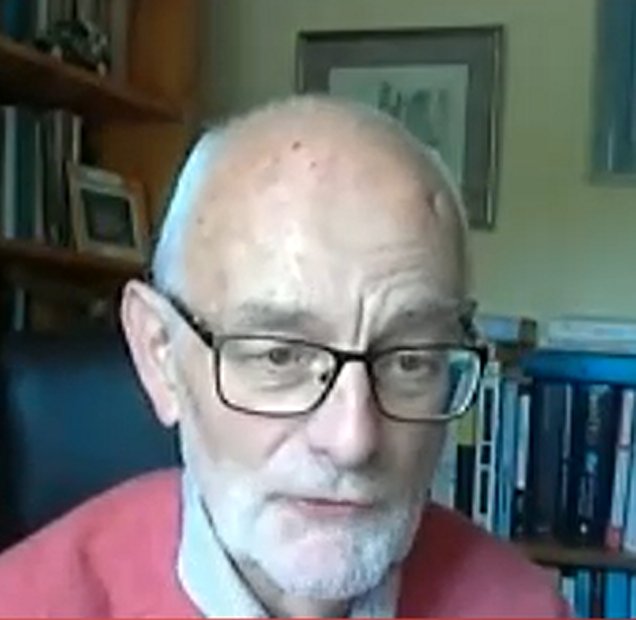The siege of Leningrad is not one of the better known episodes of the Second World War, but was the deadliest single event of the conflict. It was one of the longest and most destructive sieges in history, lasting for 872 days, and resulted in the deaths of 1.1 million people as Nazi Germany blockaded Russia’s second city (nowadays known as St Petersburg) in an attempt to starve the population into submission.
The death toll was greater than the combined casualties of all the well-chronicled WWII bombings of cities such as Dresden, Hamburg, Hiroshima and Nagasaki. Historians in recent years have classified it as genocide due to the systematic starvation and intentional destruction of the city’s civilian population.

The siege began on 8th September 1941 and lasted until 27th January 1944. It brought unimaginable horrors to the population as they struggled to survive on minimal supplies of food. German scientists had calculated rates of starvation and predicted that Leningrad would eat itself within weeks. There was certainly evidence of cannibalism, but ultimately the Germans were proved wrong as three million people endured the deprivations.
Our speaker John Hull, who took a degree in Soviet studies, is a retired headteacher with a special interest in the siege, and not surprisingly he drew comparisons with the current horrors unfolding in Ukraine. He waived his honorarium and asked instead for his fee to go to the Disasters Emergency Committee’s Ukraine Humanitarian Appeal.
“I hope I’ll speak in measured and sympathetic terms of the suffering and great bravery of the Soviet people,” John told us at the start of his presentation. “The successors of those who suffered so greatly at Leningrad now apparently inflict something not dissimilar on the people of Ukraine. It is appalling to realise that Putin’s parents survived Leningrad. He was born in 1952, and that people who have experienced these horrors should inflict them is just terrible.”
In June 1941 Hitler launched Operation Barbarossa, the attack on the Soviet Union. In Leningrad, by July, trenches were being dug, memorials sandbagged and work started on evacuating the priceless contents of the world famous Hermitage museum. The Germans made reconnaissance flights over the city, and attempts to evacuate women and children were met with massacre as evacuation trains were attacked by the Wehrmacht. The Luftwaffe bombed fuel storage sites, power plants and other key buildings, and the bread ration was cut to 300 grams per day. By 8th September, Leningrad was encircled, and bombing continued.

As the harsh winter of 1941-42 set in, people noticed that dogs and cats were disappearing from the streets. Wooden chairs were being burnt for heating, but also being broken up and chewed because apparently the glue in the joints had some small nutritional value. The death toll reached 100,000 people a month and there were cases of cannibalism, punishable by execution, although more common was murder and the theft of ration cards.
On 19th November 1941, the Soviet military decided to build an ice road across the vast Lake Ladoga which would provide a road bridge and supply route from the area to the east of the lake, which remained in Soviet hands. Almost immediately, there was a ‘road of life’ across the lake strong enough for sleigh traffic, and as the ice thickened it was possible for trucks to negotiate the road and, by December, a railway line was opened. From their experience in the far east of the country, around Vladivostok, it was known that three to five feet of ice could support a loaded train, and by the end of the siege 360,000 tons of supplies had crossed the lake.

From January 1943, Operation Iskra saw Soviet forces defeat German units and begin to open up a land corridor along the southern coast of the lake into Leningrad, and within a year the blockade was finally broken as the tide of war turned against the Germans. But before retreating, the German armies looted and destroyed the historic palaces of the Tsars, and a large number of valuable art collections were moved to Germany.

© Graham Snowdon

